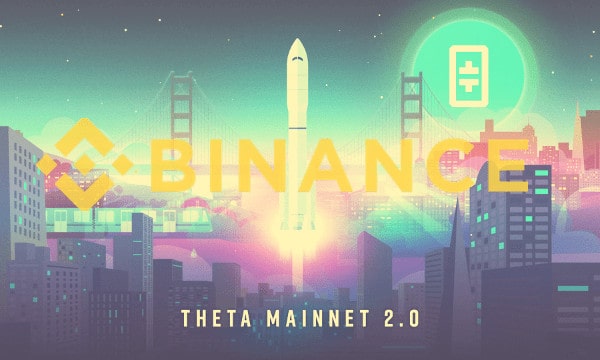33 Years Since Wall Street’s Black Monday: Have We Learnt Nothing? (Opinion)
They say that to see the future, one should only learn history. Oftentimes, though, we tend to ignore history altogether.
Exactly 33 years ago, on this day, October 19th, 1987, Wall Street and global markets tumbled in a massive selloff that saw the S&P 500 lose about 20% and the DJIA about 22%.
One might think that this is something that we don’t want happening again and that the economic policies would be structured in a way where massive national debt doesn’t mount up. Here we are, 33 years later, and the US national debt has increased by roughly 12 times.
But it doesn’t matter, right? The Fed can always just “print more money,” as the former Chairman of the US Federal Reserve has said.
Rolling Back to 1987: What Happened and Why it Matters?
The year is 1985. The United States policymakers and economists decided that the time is ripe for a shift in the direction. As such, they moved to a slower expansion approach, unlike the state of rapid recovery from the recession in the early 1980s.
Fast forward a few years when on October 14th, 1987, the House Committee on Ways and Means introduced a tax bill that was aimed at reducing the benefits associated with financing leveraged buyouts and mergers.
October 19th comes, and traders, analysts, and economists found themselves dismayed as markets took a beating. The S&P dropped by over 20%, while the DJIA was down 22% in a single session. Additionally, markets from across the world were also bleeding out, making this into a global downturn.
Back then, Nobel-winning economist Robert Shiller surveyed 889 investors right after the drops to find the reason, according to them. Most of them said that it was perhaps brought on by “too much indebtedness.”
Looking at historical data, the US national debt in 1987 was around $2.3 trillion, representing 48% of the country’s GDP.
Learn From History, or You’re Destined to Repeat It… Right
The year is now 2020, and we just saw the third quarter closing down. In March, there was another Black Swan event that saw global markets tumble in response to the outbreak of the novel coronavirus COVID-19. Countries were literally locked down, and economies suffered as a consequence.
The US was no exception. In fact, it’s the current leader in terms of total cases of COVID-19. However, it’s worth noting that this year, unlike back in 1987, there was an obvious trigger as global economies were virtually shut down in response to the outbreak.
Their response, however, was criticized by many. Data shows that the US national debt has grown to $26.5 trillion at the end of the second quarter of 2020. This represents 136% of the country’s GDP. In fact, the debt increased by around $4 trillion this year alone. For reference, it grew with that much from 2015 to 2019 combined.
When there’s an obvious uncertainty of how the world will handle the pandemic, US stock markets are charting all-time highs. And all of this was made possible by the trillions of dollars printed to bail out huge corporations.
This Time Could Be Different… But Will It?
Of course, this time, we have Bitcoin – a scarce digital asset that comes with pre-programmed inflation that will, eventually, disperse.
However, it also challenges the very essence of what banks are created for. It’s the first real attempt to separate money from state and … well, that’s scary for some.
Bitcoin’s censorship resistance, immutability, actual transparency, and, most of all, digital scarcity are just some of its inherent qualities that could make a change. However, it’s definitely questionable if and when that will happen.
The post 33 Years Since Wall Street’s Black Monday: Have We Learnt Nothing? (Opinion) appeared first on CryptoPotato.









